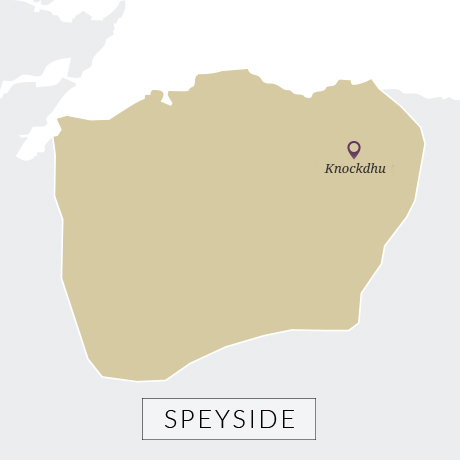Balblair
One of the prettiest distilleries.


Internally, it is a mix of the old and new. The mash tun has a lauter system, but the washbacks are wooden, while the distillate is condensed in worm tubs.
The new make is heavily sulphury as little reflux is encouraged in the stills, but when that cooked vegetable element both flies off and is absorbed into palate weight, the dominant character is citric and intense. Fresh and vibrant when young, its weight allows it to mature well.
In recent years, a heavily peated variant has been made.

In 1877, Scotland’s largest grain distillers [Cambus, Cameronbridge, Carsebridge, Glenochil, Kirkliston and Port Dundas] joined forces to found the Distillers Company Limited [DCL] as a way of safeguarding their business against pot still distillers who at the time were switching between malt and grain depending on where the best profits were to be made.
In 1893, it made its first move outwith its Lowland grain heartland and built a distillery next to the village of Knock, just outside Keith, the first move in the creation what was to become the dominant player in Scotch whisky (DCL would eventually evolve into Diageo), encompassing grain and malt production as well as blending houses.
The site was chosen by DCL founding member John Haig & Sons because of its railway links, supply of local barley and availability of peat, and remained in the DCL stable until it was mothballed in 1983, one of many sites the firm had to close when the ‘whisky loch’ was at its deepest.
Its ownership passed to Inver House in 1988, who soon had a single malt on the market. This was called AnCnoc, rather than the distillery name, which Inver House felt was too similar to the already established Knockando.
In recent years Inver House has created a wetland area outside the distillery where the distillery’s spent lees is treated. A range has now been established, with 12, 16 and 21-year-old expressions at its core, supported by annual vintage releases.
Contact distillery for details